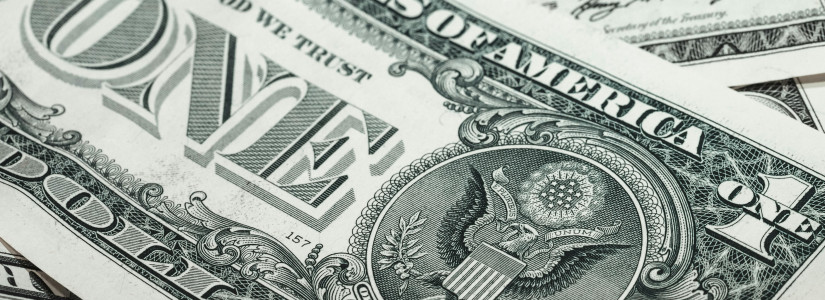How to Beat Back Inflation Even When the Outside Temperature is Soaring
Many Americans have been dealt a double whammy to their pocketbooks in the last few weeks as multiple heat waves have gripped much of the country just as inflation rates are also soaring. Inflation rates are now at the highest that they have been in over 40 years. These rates are pushing up the costs of nearly everything, including groceries, fuel, housing costs, and energy prices.
According to the May consumer price index report, energy services costs are trending up about 15% year over year. Electricity costs are 12% higher, meaning that it is costing Americans more to cool their homes just as the dog days of summer are setting in across the nation.
While there is nothing that you can do to control the weather, there are steps that you can take to lower your summer cooling bill. Here is what the experts have to say about how you can save on energy costs in the coming weeks.
Ensure Efficiency of Home's Energy System
The majority of home air conditioning systems run on electricity, making it important that you ensure that this system runs as efficiently as possible. The first step is to take inventory of your doors and windows by checking for leaks. This process is especially important if you use a window unit to cool your home.
It is also a good idea to clean and replace any air conditioner unit filters. This will help your units to work as well as possible, saving you money on your cooling bill.
Turn Up Temperature When Not Home
You will see a significant amount of savings if you turn the temperature up on your units when you are not at home. For example, if you typically prefer the temperature to hover around 70 degrees when you are home, consider changing it to 80 degrees if you are going to be gone for a lengthy amount of time. This is when the investment of a smart thermostat truly pays off. Keeping the blinds closed is another way to support a cooler home so the unit does not have to work as hard.
Limit Use of Appliances
In addition to turning up the temperature when you are not at home, you can save on your energy bill by limiting the use of the appliances that naturally raise the temperature in your house. Savvy consumers understand that using the oven will heat the home and make the air conditioning unit have to work harder. Instead of using the oven regularly, consider grilling outside, leaning on recipes that do not require cooking, or using a crockpot. Other ideas include drying your clothes on a line outside instead of in the dryer or setting the dishwasher to air dry.
Plant Shrubs and Trees
It may be too late to lean on this strategy this summer, but planting shrubs and trees along the south and west portions of your home can deliver much needed shade. Homes that are more exposed to direct sunlight will naturally trend hotter during the heat of the afternoon. Taking steps to add shade around your home can pay off big dividends in the long run.
Use Electricity During Off Peak Hours
Many energy companies charge less if you use electricity during the off peak hours of the day. Conversely, they charge more for use when the demand is the highest. Scheduling your major energy eaters during off peak hours can help you to reduce your monthly energy bills. Off peak hours are typically early and late in the day. For example, try waiting until after 8 pm to throw in that load of laundry or wash the dishes.
Open Windows at Night if Possible
If you live in an area that sees considerably cooler temperatures in the overnight hours, you would be wise to turn off your air conditioning and let Mother Nature do her job. Once the temperature rises higher inside the home than it is outside, close the windows and blinds to trap the cooler air inside. You can then wait to turn on the air conditioner until it becomes uncomfortable in the house.
You can help to mitigate the challenges of soaring temperatures combined with soaring inflation by following these tips right away.
Related Articles
Stay ahead of the curve
Equip yourself with the knowledge to tackle inflation head-on, and access exclusive resources designed to help you thrive despite economic challenges.
Get Started











